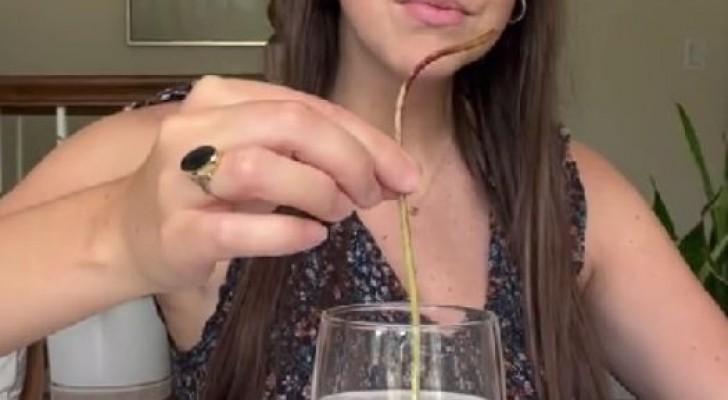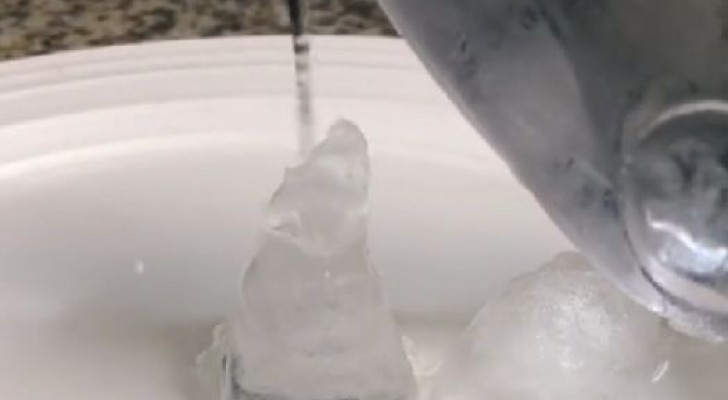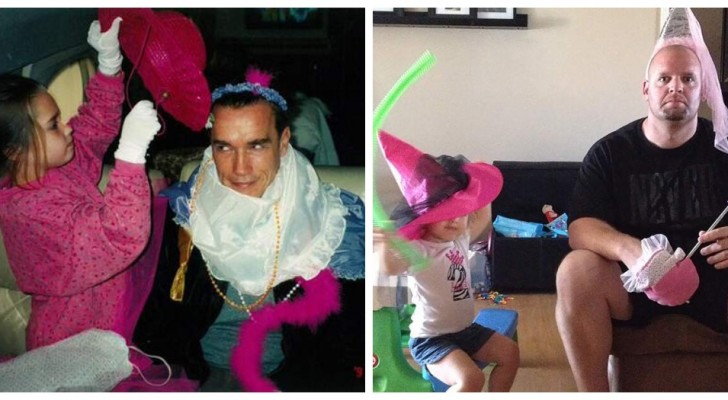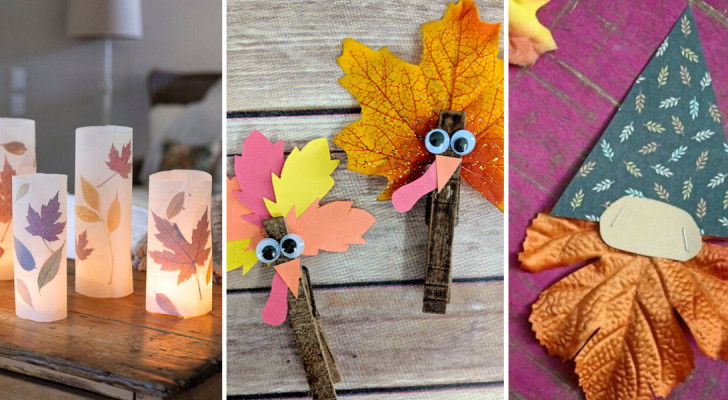Have you ever noticed that cocoa powder doesn't get wet if you dip it in milk?
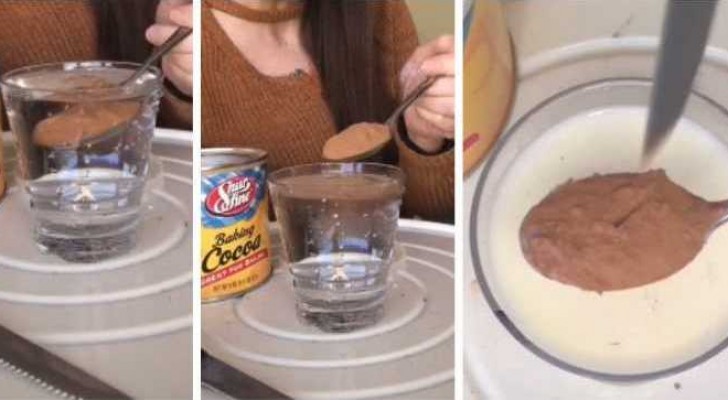
There are many small experiments that we can do at home using objects and ingredients that we usually already have in our homes. And with these fun activities, we always end up learning something new. There are, for example, phenomena we deal with and see every day that we may not fully understand.
One case is that of soluble cocoa which is used to make tasty breakfasts and snacks. Have you ever noticed that if you get a spoonful of cocoa and immerse it in a liquid (such as milk), it doesn't actually get wet? And have you ever noticed that the lumps that remain after mixing are still completely dry inside?
via @mrs.b.tv/TikTok
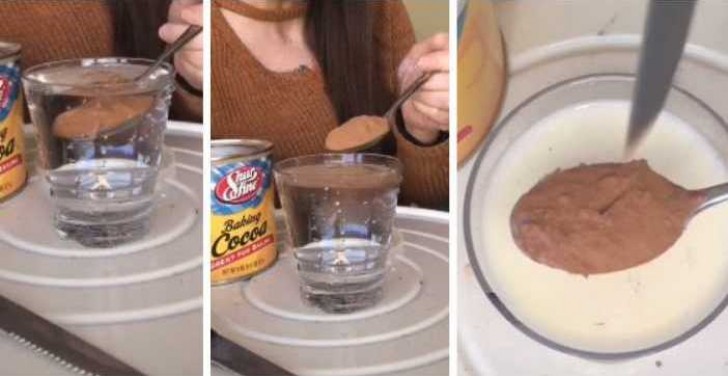
This phenomenon is the focus of a popular video from the @mrs.b.tv account on TikTok: the creator, who is a teacher and explains interesting scientific phenomena on her channel, shows us what happens if she immerses a spoonful of cocoa into milk. If you want to replicate this very simple experiment at home, you will need:
- A cup of milk;
- A pack of cocoa powder;
- A spoon;
- A knife or something sharp.
How to proceeed:
- Get a spoonful of cocoa;
- Immerse it, keeping it as horizontal as possible, under the surface of the milk, and do not move it;
- Pull it out after a second or two and you will notice that it is still dry;
- If, on the other hand, it seems wet, i.e. you see that the surface of the cocoa mound has become darker, take the knife and "pierce" the surface with the tip: it will become completely dry inside.
If you also watch the second video uploaded by @mrs.b.tv, this time the experiment is repeated using water instead of milk and the result is even more dramatic. It's almost hypnotic to see the spoonful of cocoa powder come out of the glass of water completely dry!
How is all this possible? The reason lies in the fact that cocoa powder is hydrophobic, therefore it does not absorb water, and dissolves in liquid only when it is mixed vigourously. And considering that milk is made up of water for the most part (around 87%), it will not dissolve cocoa. As a result, when you "puncture" the outer surface, the cocoa repels the liquid again!
Do you want to try this experiment?

